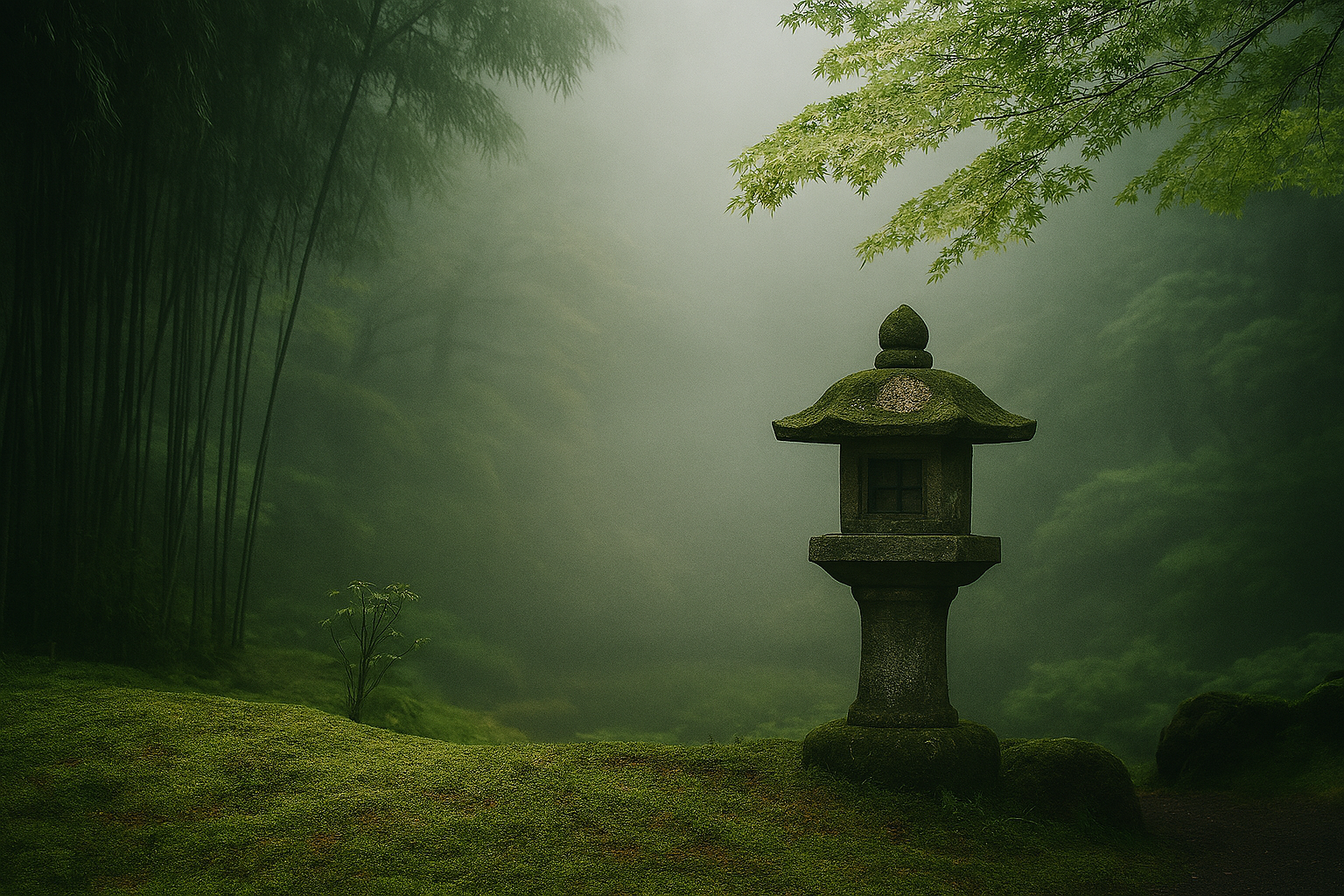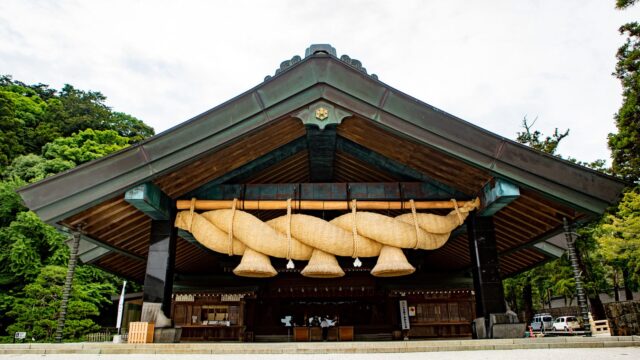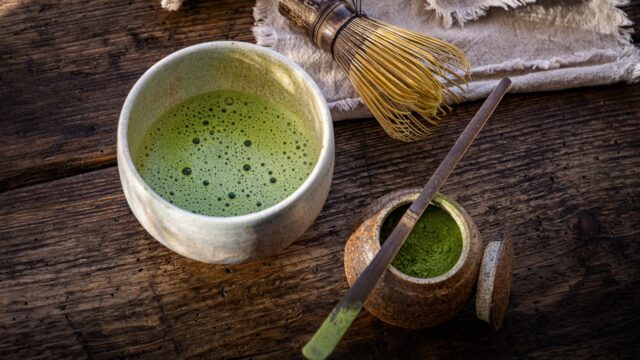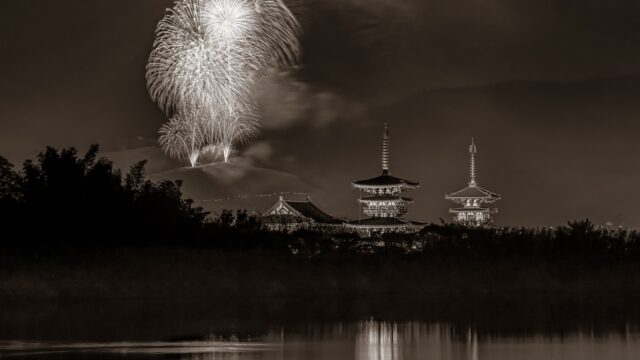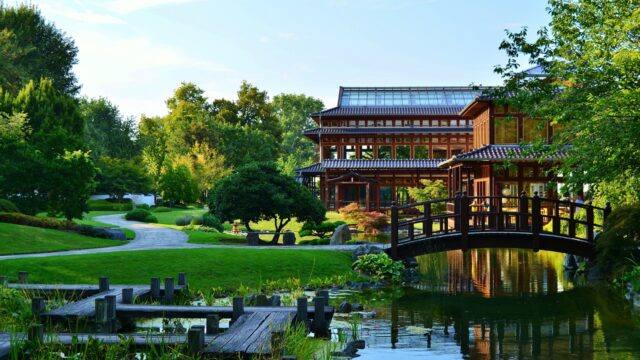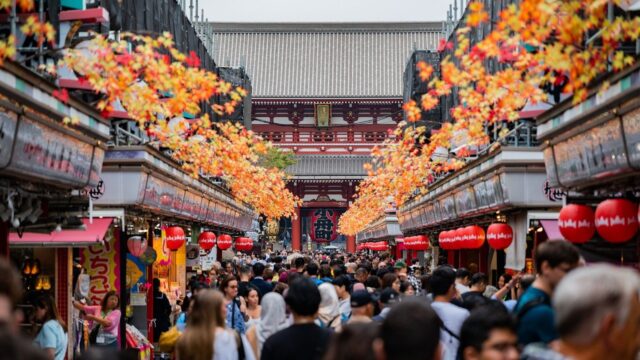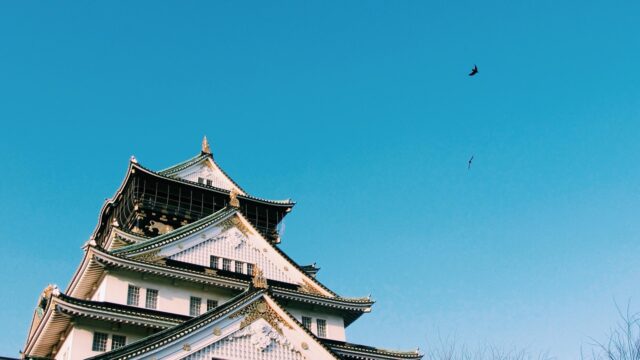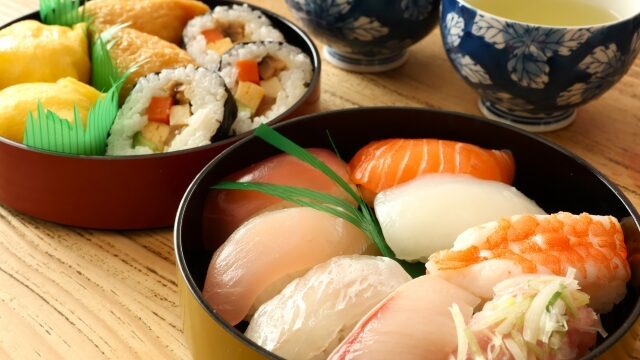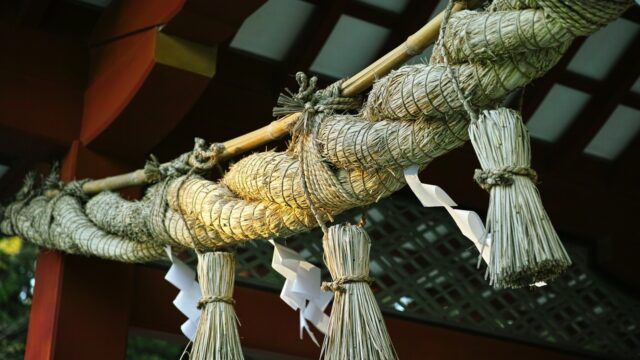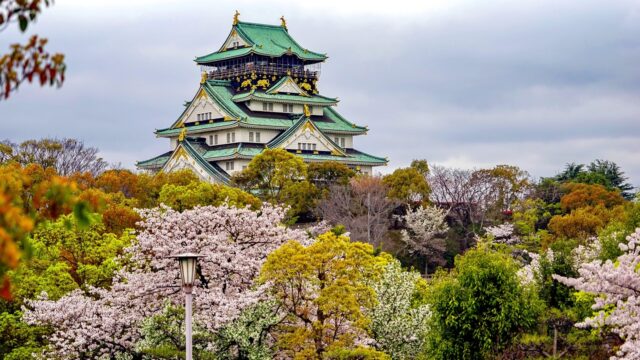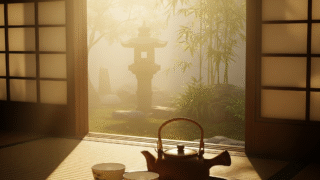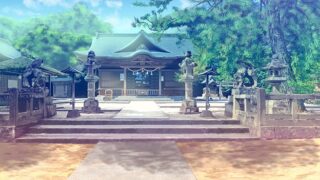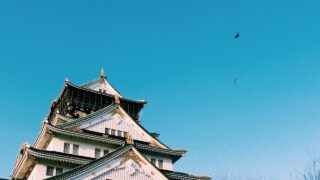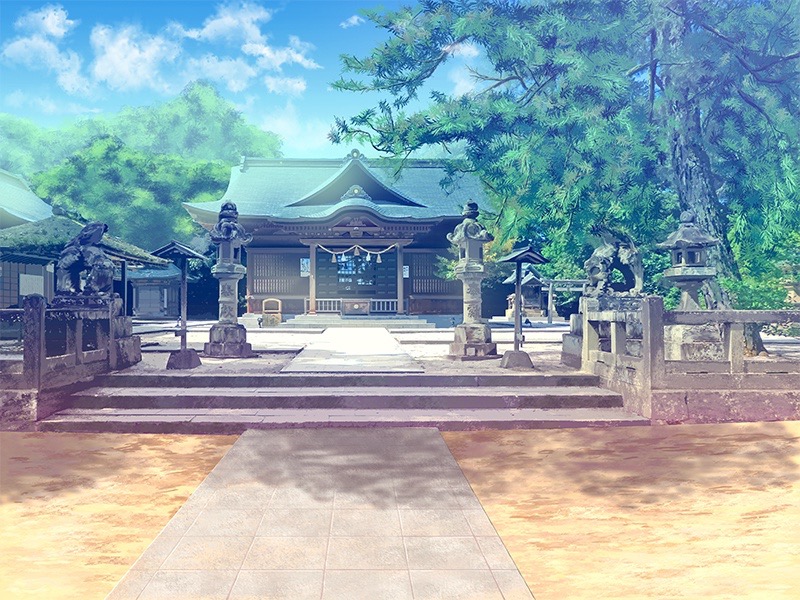
Japan is a country blessed with four distinct seasons — each transforming the landscape and its traditions in magical ways. For travelers eager to experience authentic culture, visiting shrines offers a deeply immersive glimpse into Japanese life throughout the year.
This guide takes you through seasonal highlights, revealing the best shrines to visit in spring, summer, autumn, and winter. Whether you’re chasing cherry blossoms or enjoying festive lanterns, there’s always a sacred place ready to welcome you.
🍁 A Brief Look: The Role of Seasons in Japanese Shrine Culture
Seasonal change is central to Japanese spirituality. From Shinto rituals that align with natural cycles to season-specific festivals (matsuri), shrines reflect the rhythm of the year. Travelers visiting these sacred spaces will not only witness stunning scenery but also participate in centuries-old customs still alive today.
🌸 Spring: Cherry Blossoms and Sacred Tranquility
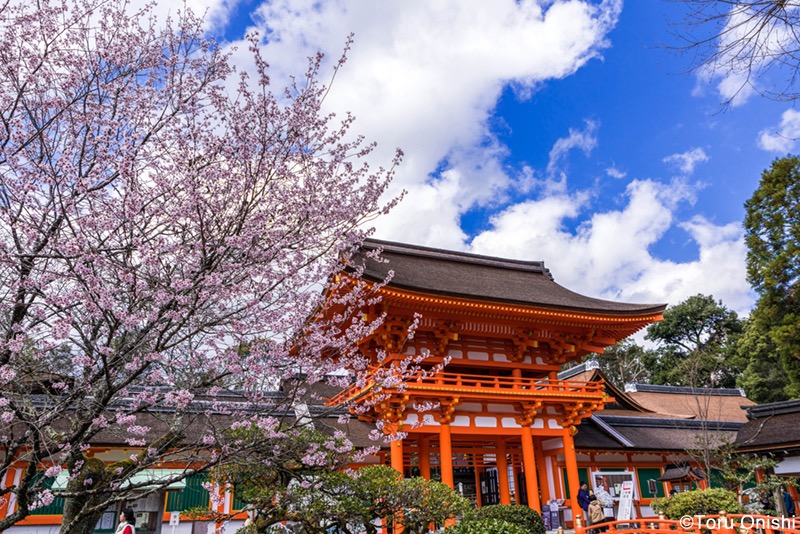
Recommended Shrine: Kamigamo Shrine (上賀茂神社) — Kyoto
-
Location: Kyoto, northern district
-
Best time to visit: Late March to early April
-
Highlights: One of Kyoto’s oldest shrines, surrounded by sakura-lined paths and mountain streams.
-
Cultural Note: The shrine hosts the famous Aoi Matsuri (Hollyhock Festival) in May.
🌸 Travel Tip: Visit early morning to avoid crowds and enjoy soft morning light through the blossoms.
🌊 Summer: Festivals, Lanterns, and Coastal Blessings
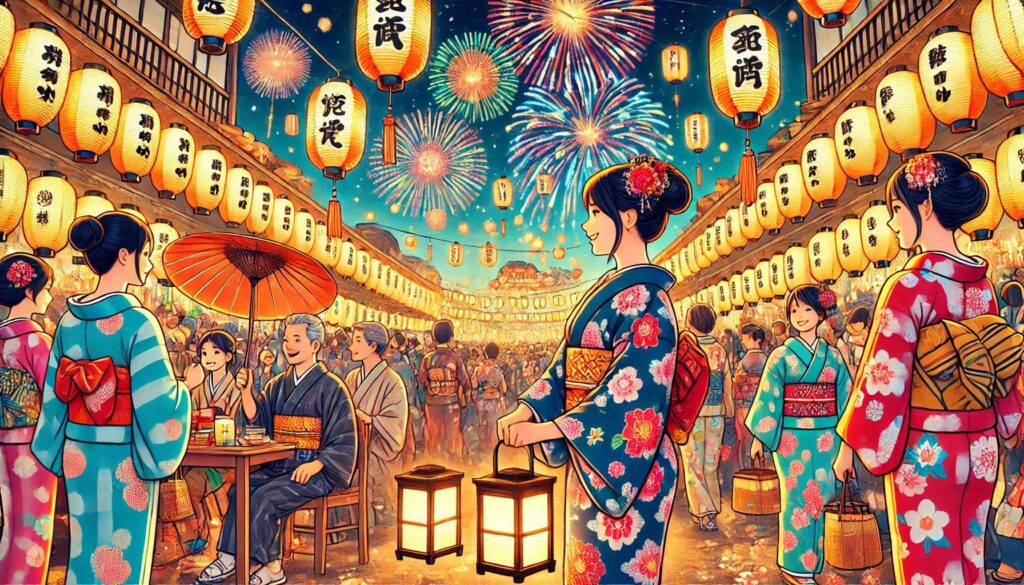
Recommended Shrine: Sumiyoshi Taisha (住吉大社) — Osaka
-
Location: Osaka City
-
Best time to visit: July to early August
-
Highlights: Known for its distinctive arched bridge and the vibrant Sumiyoshi Summer Festival, featuring parades and fireworks.
-
Cultural Note: Dedicated to sea gods — a spiritual spot for safe travels and water blessings.
🎐 Travel Tip: Don’t forget your yukata (light cotton kimono) — locals wear them during summer festivals.
🍂 Autumn: Fall Foliage and Spiritual Silence
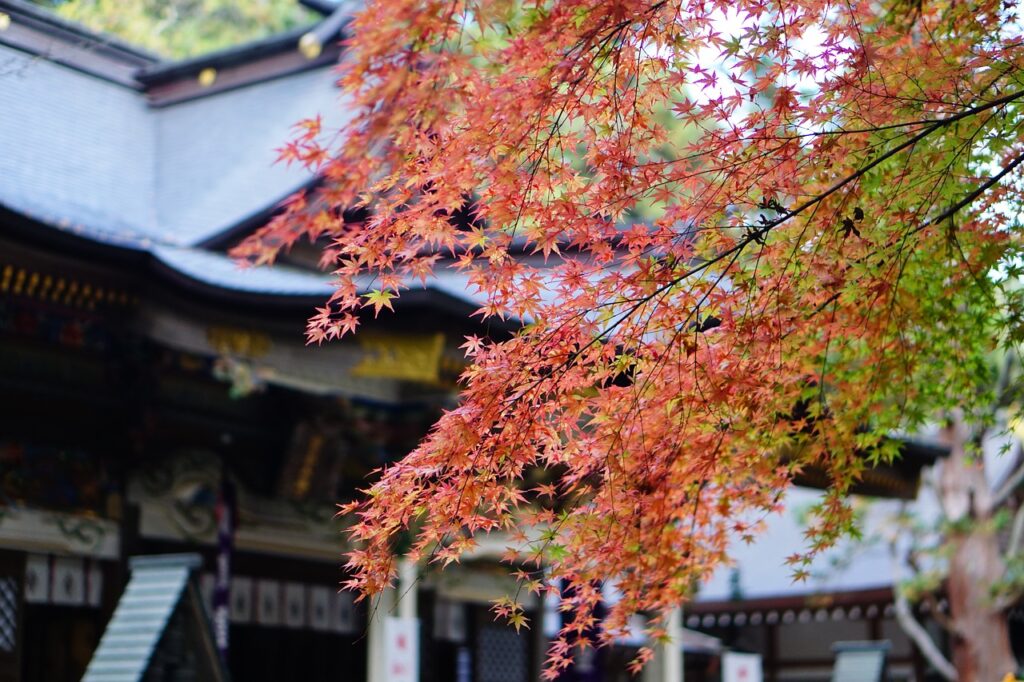
Recommended Shrine: Nikko Futarasan Shrine (日光二荒山神社) — Tochigi
-
Location: Nikko, Tochigi Prefecture
-
Best time to visit: Late October to mid-November
-
Highlights: Nestled in a forest of blazing maple leaves, this UNESCO World Heritage site offers breathtaking views and mystical atmosphere.
-
Cultural Note: Historically tied to mountain worship and Tokugawa-era heritage.
🍁 Travel Tip: Combine your visit with nearby Toshogu Shrine and Lake Chuzenji for a full-day adventure.
❄️ Winter: New Year Prayers and Quiet Beauty
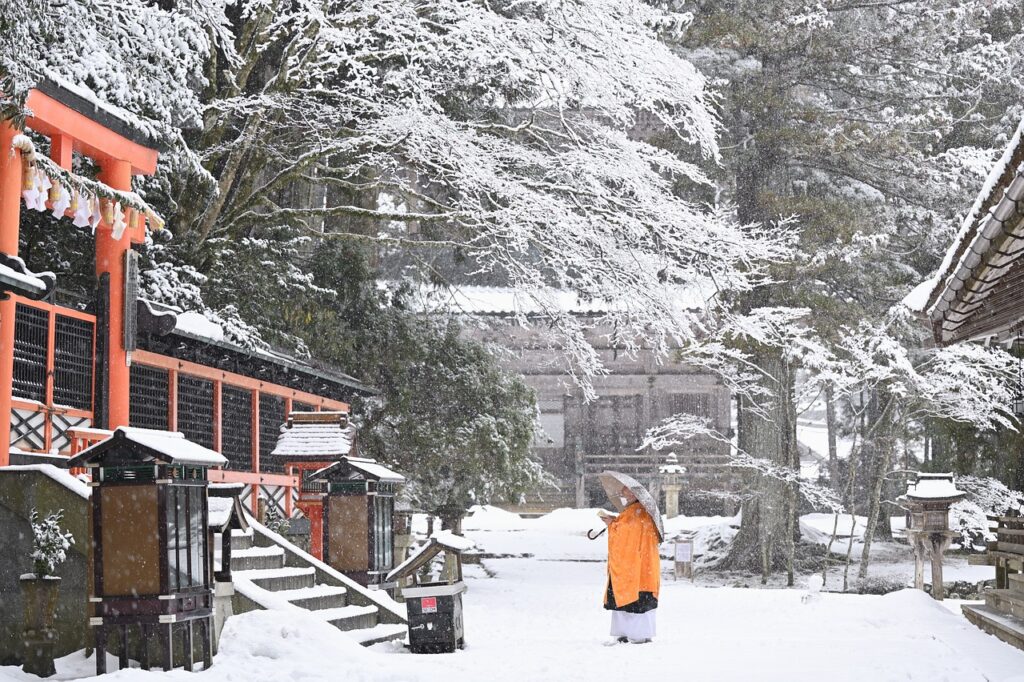
Recommended Shrine: Meiji Jingu (明治神宮) — Tokyo
-
Location: Shibuya, Tokyo
-
Best time to visit: January 1–3 (Hatsumode period)
-
Highlights: Tokyo’s most visited shrine for New Year’s blessings, surrounded by an evergreen forest.
-
Cultural Note: Offers omikuji (fortune slips) and warming sake for guests.
🔥 Travel Tip: Arrive before 9:00 AM to beat the crowds and witness traditional dress.
🏮 Bonus Pick: Summer and Autumn Combined
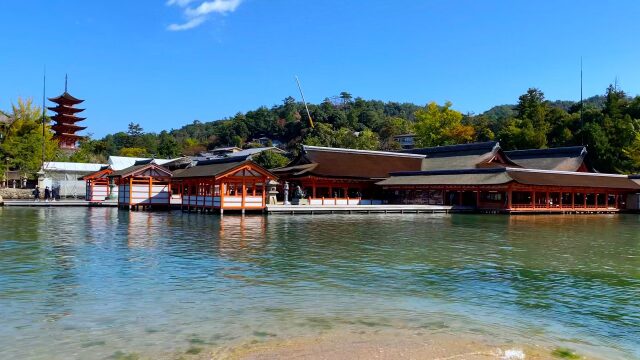
Recommended Shrine: Itsukushima Shrine (厳島神社) — Hiroshima
-
Location: Miyajima Island
-
Best times to visit: Late summer and early fall
-
Highlights: World-famous for its “floating torii gate,” the shrine becomes ethereal at sunset and during low tide.
-
Cultural Note: Site of the Kangen-sai Music Festival in July.
🌅 Travel Tip: Stay overnight on the island for peaceful evening views after day-trippers leave.
🎌 Conclusion
Whether you’re admiring sakura petals drifting on spring winds or warming your hands at a winter shrine offering, Japan’s sacred spaces bring the seasons to life in powerful and peaceful ways.
Let this guide be your companion as you explore Japan’s deep connection between nature, culture, and spirituality — one season, one shrine at a time.
https://quiet-bloom.kit.com/d474dd295
🌸 Frequently Asked Questions: Visiting Shrines by Season
1. When is the best season to visit shrines in Japan?
Each season offers its own beauty:
-
Spring is ideal for cherry blossoms.
-
Autumn brings stunning foliage.
-
Summer is filled with vibrant festivals.
-
Winter offers peaceful New Year rituals.
There’s no wrong season — your experience will be unique each time.
2. What should I wear when visiting shrines in different seasons?
Japan’s weather changes significantly by season:
-
Spring/Autumn: Bring a light jacket for chilly mornings and evenings.
-
Summer: Lightweight, breathable clothing is best. Don’t forget a hat and sunscreen.
-
Winter: Dress warmly — many shrines are outdoors and can be quite cold.
3. Can I take photos at shrines?
Yes, photography is generally allowed in outdoor areas. However, some places like the main sanctuary (honden) or sacred objects may prohibit photos. Always look for signs or ask a staff member when unsure.
4. How can I join seasonal festivals at shrines?
Most shrine festivals are open to the public, and you’re welcome to observe or participate. Popular events can be crowded, so plan ahead — check dates, access routes, and etiquette in advance.
